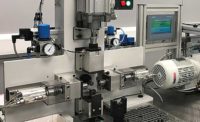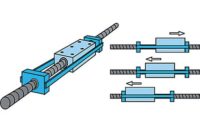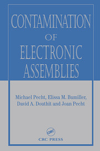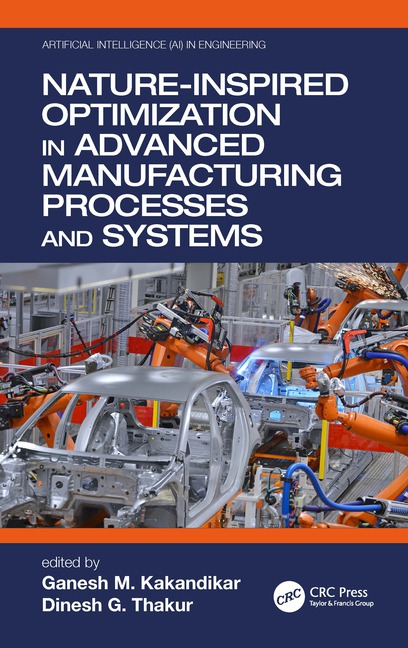Most of the moisture is present in hygroscopic materials, such as printed circuit boards or plastic components. The resulting condensation can fog mirrors and lenses, effectively blinding the equipment in potentially critical situations. Condensation also causes corrosion, affects performance and shortens the life span of an optoelectronic system.
To prevent moisture-related problems, manufacturers of laser, imaging, camera and other optical systems are increasingly mandating that the systems receive a nitrogen purge before field use. The process involves introducing ultra dry nitrogen (having a dew point of -94 F) under pressure into the system’s internal cavity or enclosure to create a dry environment.
“We found the internal electronics were the main culprit for a lot of residual moisture,” says Paul Ave, president of Advanced Laser Systems Technology, a company that designs and manufactures lasers and laser range-finding systems for the government and military. “If we don’t take care of that moisture with a nitrogen purge, it manifests as humidity inside the unit during temperature cycle testing.”
Advanced Laser Systems’ products are used in handheld thermal imagers, long-range surveillance systems, submarine periscopes and other equipment. For several years, the company had purged their
products with a traditional dual-point purge system, where nitrogen enters through one port and exits out another. Unfortunately, this system provided Ave no quantitative way to know when the required dew point level had been reached.
Advanced Laser Systems overcame this problem in 2010 by switching to the NEPS 1000 single-point system from AGM Container Controls.
Advanced Laser Systems purges about 100 products each month.
“The old school method is to just run nitrogen through the system, usually at an elevated temperature, to bake out any moisture,” says Ave. “If I purged for 6 to 8 hours, I had to assume it had thoroughly dried out the cavity. With the NEPS system, we do the same purge in 45 minutes and know for sure when we are done.”
The NEPS 1000 introduces pressurized nitrogen into the cavity or enclosure through a single port before a valve opens and the nitrogen backflows into the unit. There, the nitrogen passes a dew point monitor, which displays the current dew point level.
After the equipment is dehumidified, it is pressurized up to 5 psi before the nitrogen is vented to the atmosphere. The cycle is repeated until the equipment reaches the desired dew point level, at which point it automatically shuts off.
“The NEPS system is easy to use and streamlines operations,” says Ave. “It not only saves money by using significantly less nitrogen, but is a major timesaver.”
For more information on nitrogen purging systems, call 800-995-5590 or visit www.agmcontainer.com.






